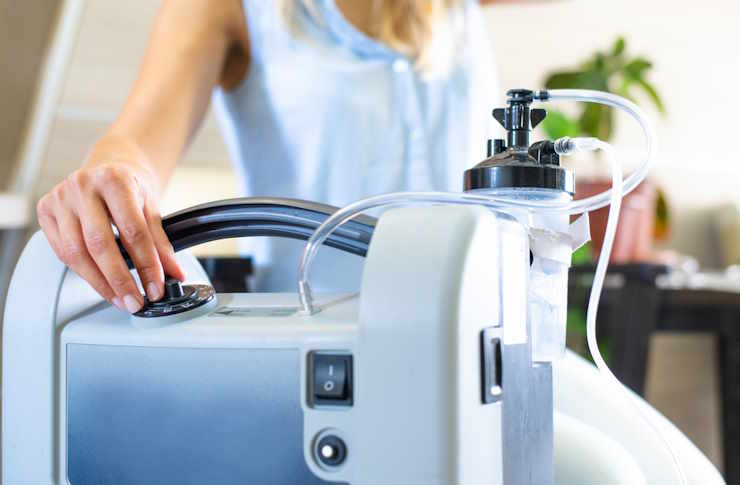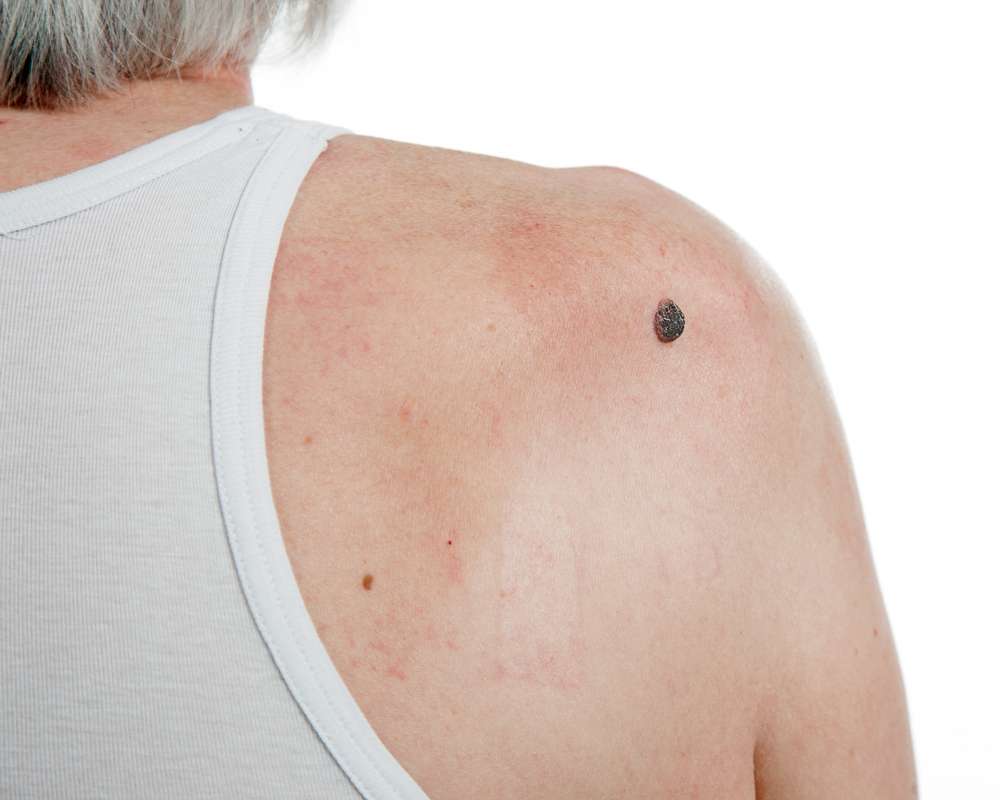Small Dehumidifiers: A Guide to Improving Indoor Air Quality and Preventing Moisture Issues
Indoor moisture control plays a crucial role in maintaining a healthy and comfortable living environment. Small dehumidifiers offer an effective solution for managing humidity levels in homes, particularly in spaces prone to excess moisture. These compact devices help prevent various moisture-related problems while improving overall air quality in residential settings.

Why Choose a Small Dehumidifier for Your Home
Small dehumidifiers provide several advantages that make them ideal for many residential applications. Their compact size allows them to fit comfortably in bathrooms, bedrooms, closets, and other limited spaces where excess moisture tends to accumulate. Unlike their full-sized counterparts, these units can be easily moved from room to room as needed, offering flexibility in humidity control throughout the home. They typically consume less energy, resulting in lower utility costs while still effectively addressing moisture problems in enclosed areas. For apartments, small homes, or specific problem zones within larger residences, compact dehumidifiers provide targeted moisture removal without overwhelming the space or budget.
How Small Dehumidifiers Improve Indoor Air Quality
The relationship between humidity and air quality is significant and often overlooked. When indoor humidity levels exceed 60%, the air becomes a breeding ground for allergens like dust mites, mold spores, and bacteria. Small dehumidifiers help maintain optimal humidity levels between 30-50%, creating conditions that discourage these contaminants from thriving. By reducing airborne allergens, these devices can alleviate respiratory symptoms for allergy and asthma sufferers. Additionally, lower humidity levels decrease the concentration of volatile organic compounds (VOCs) released from building materials and furnishings. The air feels fresher and cleaner as musty odors dissipate, and the overall indoor environment becomes more comfortable, especially during humid seasons.
Can Small Dehumidifiers Prevent Mold and Mildew
Small dehumidifiers serve as effective preventive tools against mold and mildew development. These fungal growths require moisture to multiply, typically thriving when relative humidity exceeds 60%. By maintaining lower humidity levels, compact dehumidifiers create an environment hostile to mold spore germination and growth. This protection is particularly valuable in naturally damp spaces like bathrooms, laundry rooms, and basements. Regular use of small dehumidifiers can prevent the black spotting on walls, ceiling discoloration, and musty odors associated with mold infestations. For homes with previous mold problems, these devices can help prevent recurrence when used consistently in conjunction with proper cleaning and maintenance practices.
Common Features and Specifications of Small Dehumidifiers
Small dehumidifiers typically extract between 8-30 pints of moisture per day, depending on the model. Most feature water tanks ranging from 0.5 to 2 liters in capacity, with auto-shutoff functionality when tanks reach capacity to prevent overflow. Energy consumption varies but generally falls between 20-250 watts, significantly less than full-sized units. Many modern compact models incorporate features like digital humidity displays, programmable humidity settings, and multiple operating modes to accommodate different needs. Physical dimensions typically range from book-sized mini dehumidifiers to medium units approximately 12-18 inches in height. When selecting a unit, consumers should consider the square footage of the space, existing humidity levels, noise requirements (typically 35-50 decibels for small units), and whether features like continuous drainage options or washable filters are needed.
Maintenance and Operation Tips
Proper maintenance ensures optimal performance and longevity for small dehumidifiers. The water collection tank should be emptied regularly, usually every 1-3 days depending on humidity levels and tank capacity. Most units feature washable filters that should be cleaned approximately every two weeks to maintain efficiency and prevent dust buildup. Positioning is crucial for effectiveness—placing the unit in central locations away from walls and furniture ensures maximum air circulation. For continuous operation, many compact dehumidifiers offer drainage options using standard hoses, eliminating the need for manual tank emptying. During colder months, users should be aware that performance may decrease as temperatures drop below 65°F, as some units rely on refrigerant-based technology. Annual deep cleaning and occasional inspection of coils and internal components will help extend the device’s operational life.
Cost Considerations and Popular Models
Small dehumidifiers vary widely in price depending on capacity, features, and brand reputation. Entry-level mini dehumidifiers typically range from $30-$60 and work well for spaces under 150 square feet. Mid-range compact models suitable for rooms up to 300 square feet generally cost between $60-$150, while premium small dehumidifiers with advanced features and coverage up to 500 square feet may range from $150-$250.
| Model | Capacity | Coverage Area | Notable Features | Price Range |
|---|---|---|---|---|
| Pro Breeze 1500 | 16 oz/day | 150 sq ft | Auto shutoff, ultra-quiet | $40-$50 |
| hOmeLabs HME020031N | 1.6 gal/day | 270 sq ft | Energy Star certified, auto defrost | $130-$160 |
| Frigidaire FFAD2233W1 | 22 pints/day | 400 sq ft | Digital humidity control, 24-hour timer | $180-$220 |
| Eva-dry E-333 | 6-8 oz/30 days | 48-333 cu ft | Renewable silica gel, no power required | $15-$25 |
| SEAVON 2000ml | 750ml/day | 215 sq ft | 7-color night light, ultra-quiet | $50-$70 |
Prices, rates, or cost estimates mentioned in this article are based on the latest available information but may change over time. Independent research is advised before making financial decisions.
Small dehumidifiers represent an accessible solution to humidity control challenges that many homeowners face. By selecting an appropriately sized unit for the intended space and maintaining it properly, users can effectively manage indoor moisture levels, improve air quality, and prevent the development of mold and mildew. With various models available at different price points, these compact devices offer convenient, targeted humidity control that helps create healthier living environments without significant space or energy requirements.




